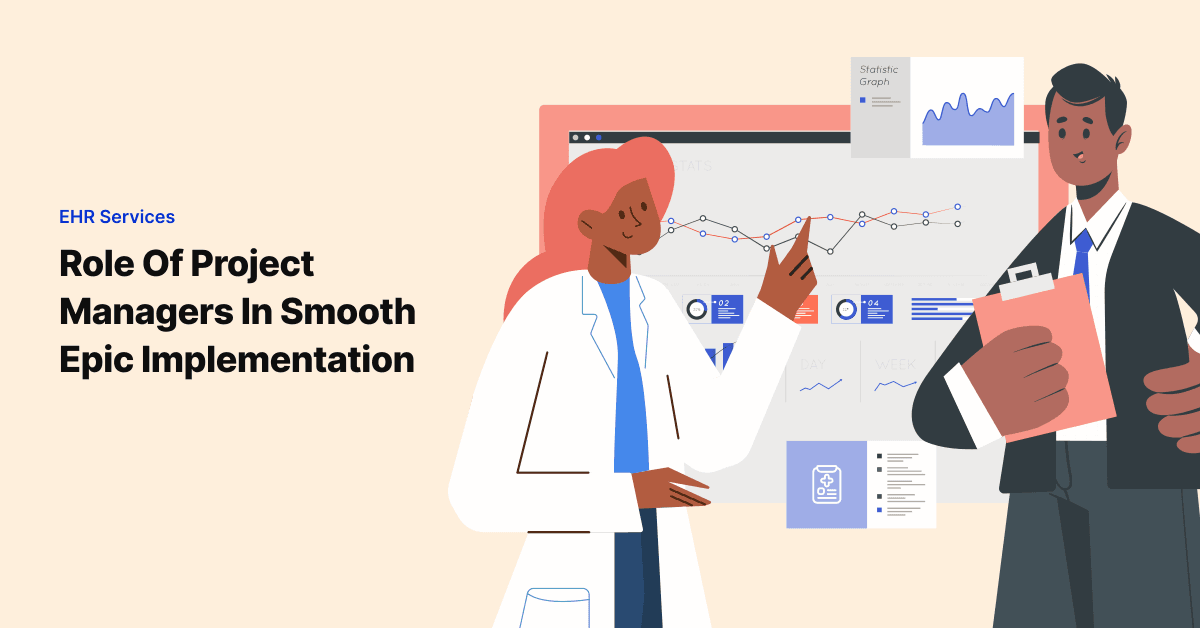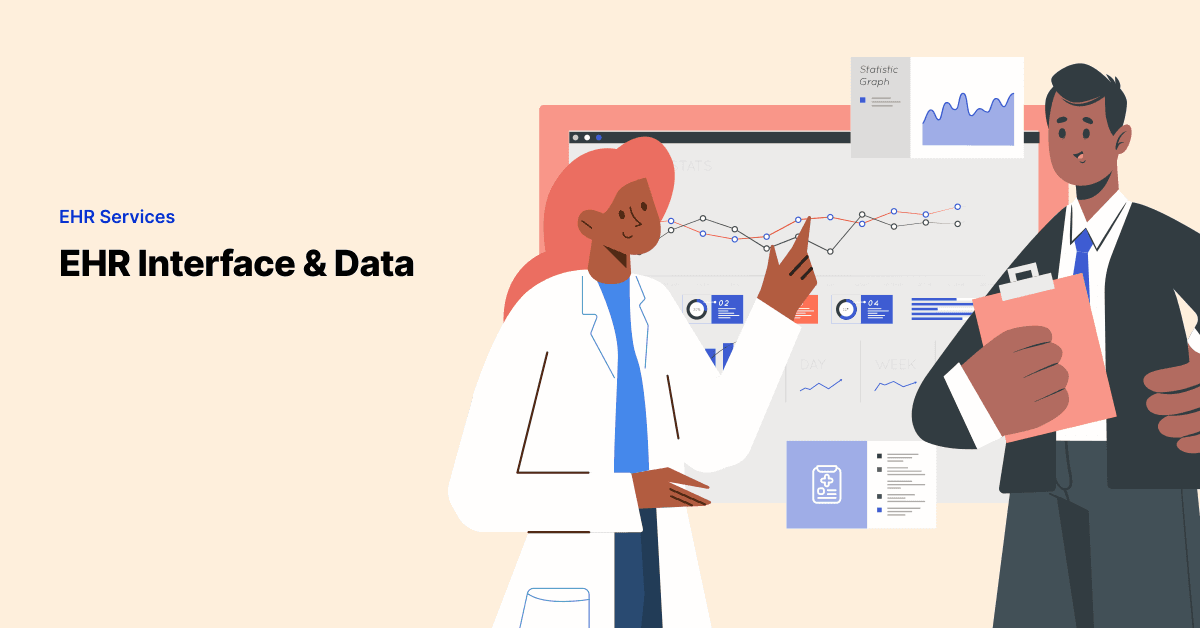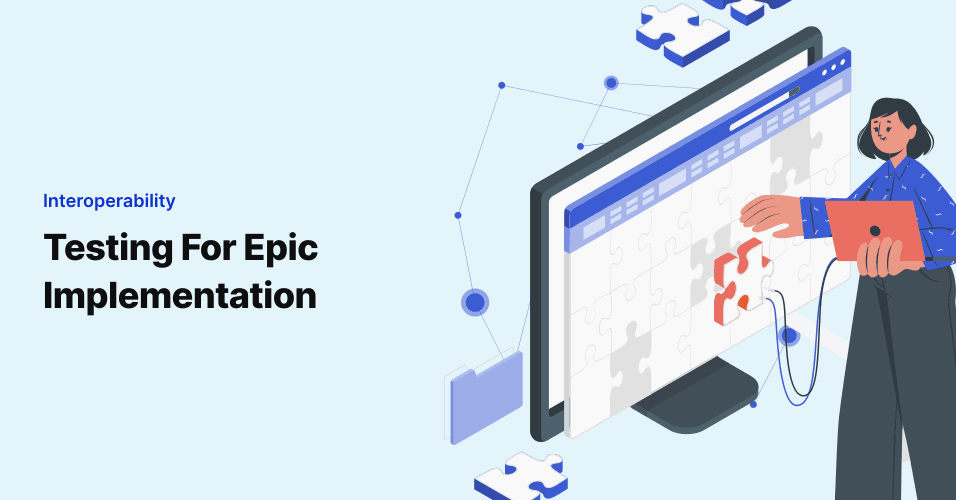
Setting the Stage for a Smooth Epic Implementation Starts with the PM
Project Managers are often saddled with much of the responsibility when it comes to the success or struggles …

Health systems embarking on Epic integration projects are rarely doing so to exist in a bubble. The goal we often hear from clients is establishing the right healthcare IT solution to support collaborative care, making population health attainable and more efficient. As the days of fee-for-service are behind us, large hospitals must approach their care delivery philosophy as encompassing a whole network of care providers, many of whom may reside outside their network. To this end, getting the support and commitment from ancillary providers and strategic outpatient clinics to connect to and participate in efforts to improve the technical solutions supporting the community (including an Epic EHR implementation) is required.
Let’s examine a few ways that leaders in local health systems can secure buy-in from providers outside of their direct sphere of influence (i.e. outside of the hospital system) to drive successful Epic integration.
We’ve talked before about the importance of communication when it comes to setting expectations and encouraging buy-in, but it bears repeating often. If you, as an Epic integration project leader, want to demonstrate the desire to forge a true partnership with ancillary providers and health clinics connecting to the hospital system, creating opportunities for discussion and updates are vital. By including from the beginning the very providers you want to participate in your collaborative solution — be it an integrated EHR or eventually a HIE — you not only get more feedback and valuable insight, but you set the stage for smooth(er) roll out.
Creating a council or collaborative of community healthcare providers is a great way to define the integration approach from a practical perspective, as well as discuss the kind of specifics that, in their absence, could sink adoption. For example, configuring an Epic instance without considering the nature and format of data outside the hospital could result in a far more complex (and lengthy) EHR integration. On the other hand, chatting with the technical leads from facilities that will eventually connect to your Epic instance helps form requirements that will translate to a solid instance with true interoperability. This is truly a win for the whole community, including your shared patients!
One of the most impressive community IPA initiatives observed (which eventually became a full-blown managed care organization) came as a direct result of incentivizing providers outside of their umbrella. This can take several forms, but a pipeline of steady referrals is basically a win-win. Not only does the friendly ancillary provider get plenty of referred patients, but the overall EHR solution will be far better leveraged when populated with plenty of data from well-integrated partners. And this doesn’t even speak to the enhanced patient experience of true continuity of care, in which every provider has access to the type of PHI they need to do their job better. Well-developed EHR interfaces (and lots of them) can change the face of healthcare for an entire community, so the value cannot be overstated.
So what are these best practices for Epic? Until you have the buy-in (mentioned first) and steady utilization of the interfaces (which we just covered), it’s moot to discuss using it well. First, you must secure an integrated EHR. Beyond that, the sponsoring entity establishing Epic on behalf of the overall health system should set metrics and expectations around usage that can drive referrals, perks, etc. for using the system optimally. Typically, focusing on key ROIs will help form the basis for initiatives around use and interoperability to solve pain points or move the needle on the data points that matter most to the community at hand. After all, it’s the work of leadership across the care spectrum for a given demographic to look at their unique needs and craft creative ways to meet them with the players at the table.
It may seem counterintuitive to suggest that a tactic for securing buy-in is to assume that some ancillary providers won’t buy in. But in our experience, rose-colored glasses will only get you so far in the face of overburdened administrators and IT departments. By acknowledging that some community partners will not be excited about the idea of exchanging data or integrating with Epic, hospital leaders are far more likely to find a creative, respectful solution to obtaining that valued data. Whether it’s concern that transparency with outside organizations will reveal weakness or even shoddy compliance practices, or that an abundance of data creates more liability than ancillary clinics are willing to accept, it’s valuable to hear these concerns (even if you’ve got to read between the lines to gather this intel).
Realizing that the whole community of care providers isn’t going to jump on board day 1, planning for Epic integration that can span several phases will fare far better in real life. Creating space for early and late adopters facilitates an integration plan to deliver Epic to serve an entire community without stalling over delays and feet dragging. Focusing on key interfaces to drive Epic adoption within the sponsoring health system will give the most bang for the proverbial buck, while planning for the eventual connectivity that really changes healthcare across the spectrum of providers and patients in the area.
Join over 3,200 subscribers and keep up-to-date with the latest innovations & best practices in Healthcare IT.

Project Managers are often saddled with much of the responsibility when it comes to the success or struggles …

It’s challenging enough to implement Epic for a single facility. Consider, then, the importance of …

For hospitals implementing Epic, it’s critical to allot time for adequate testing cycles to validate …